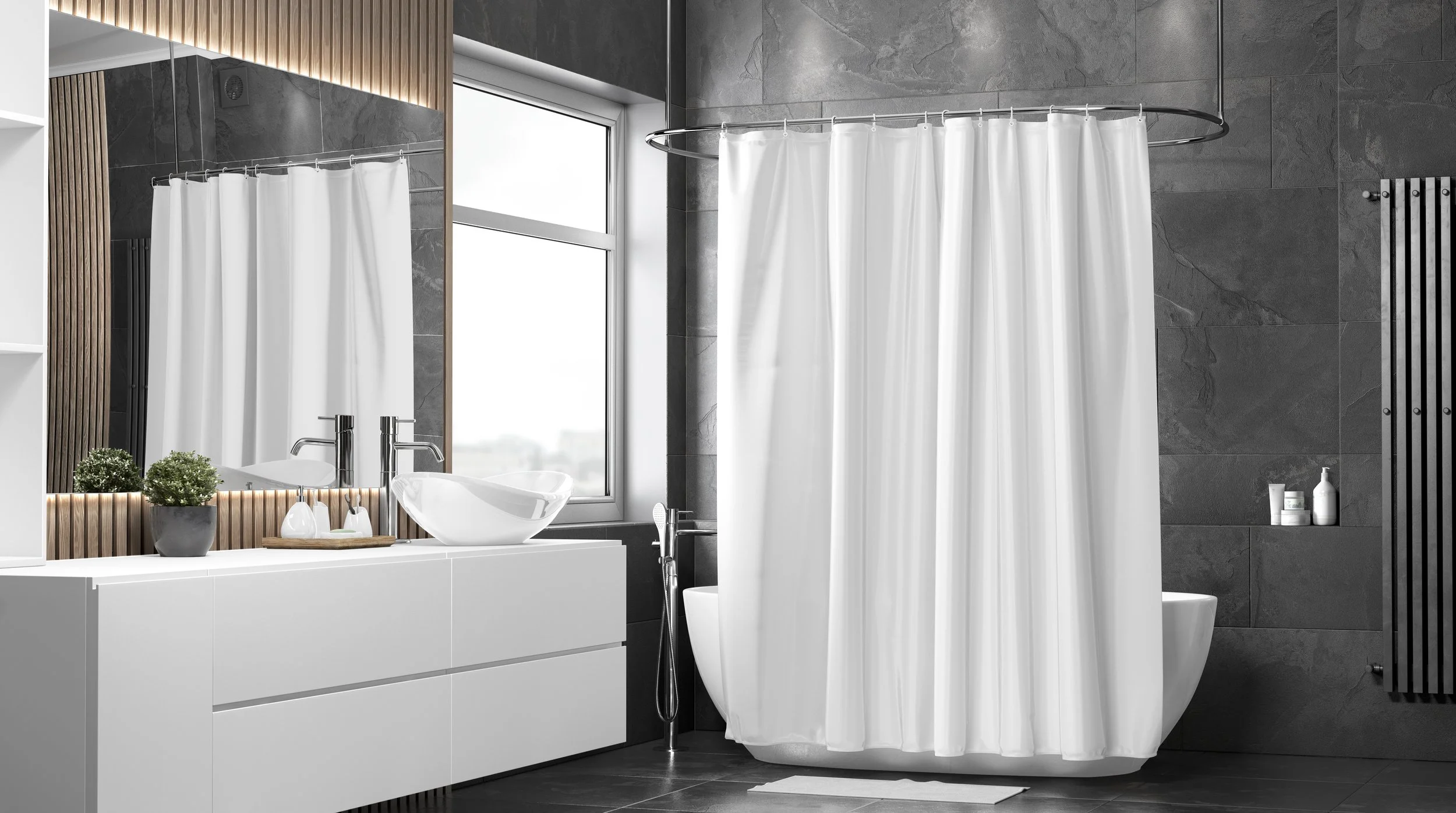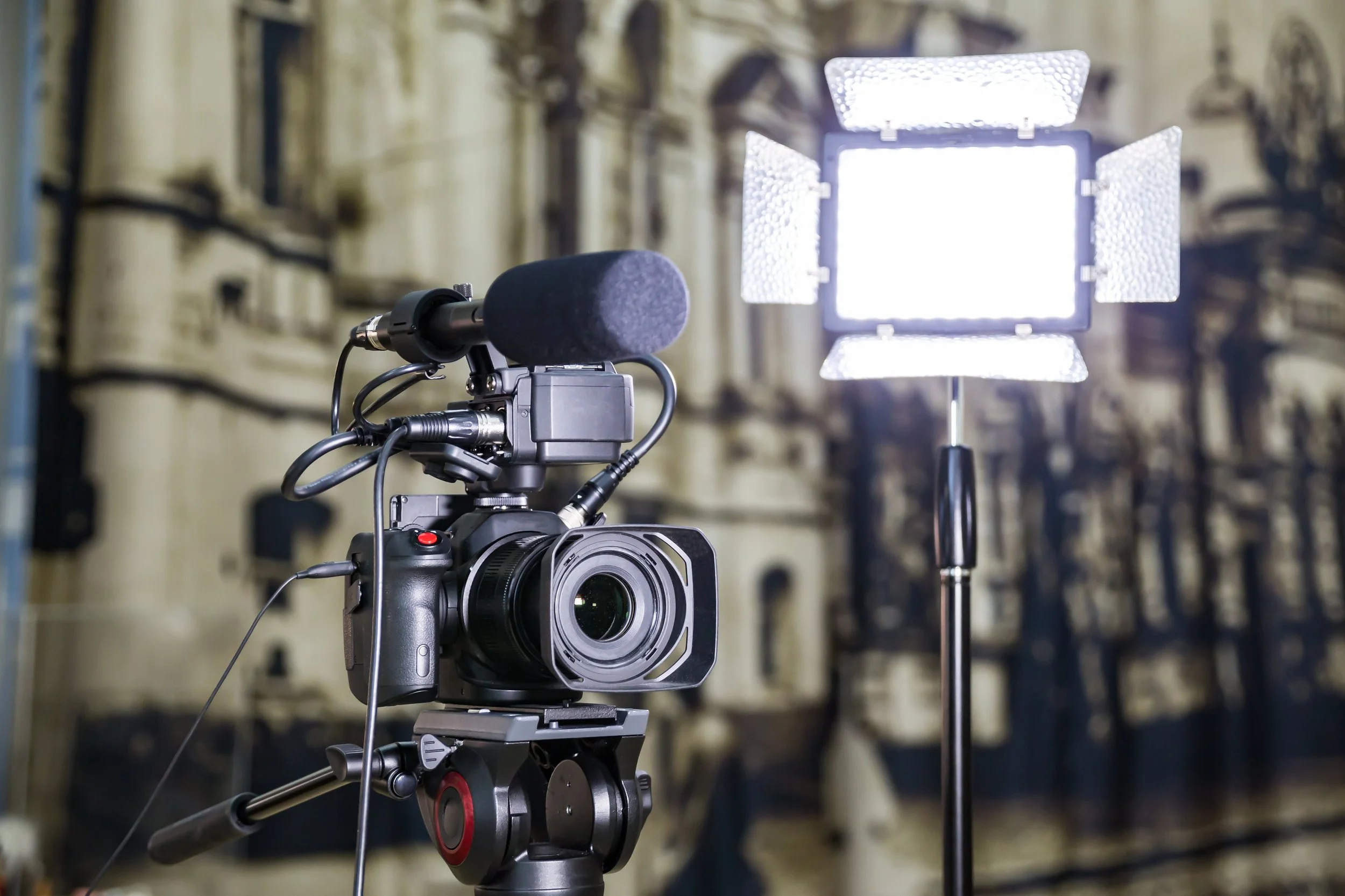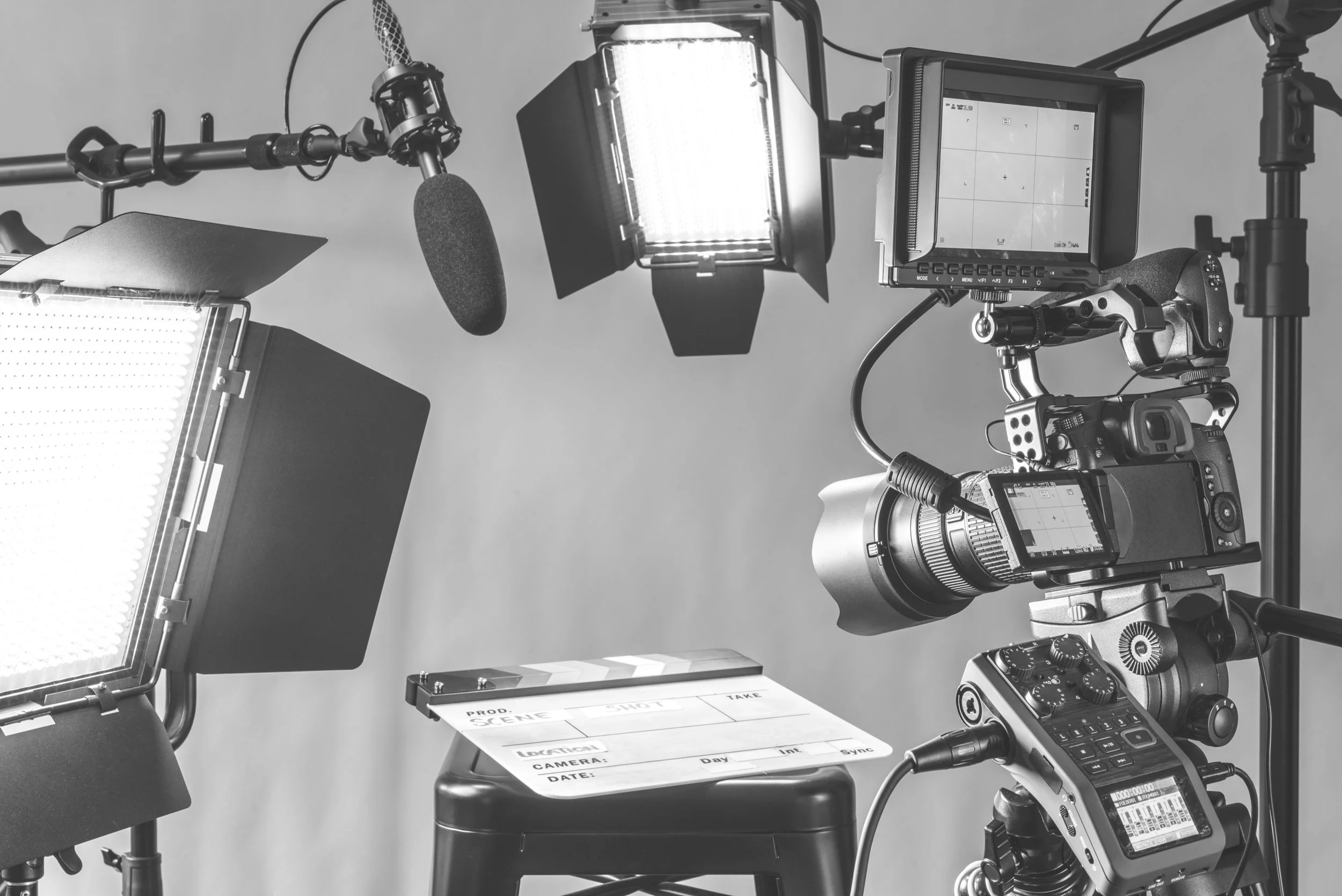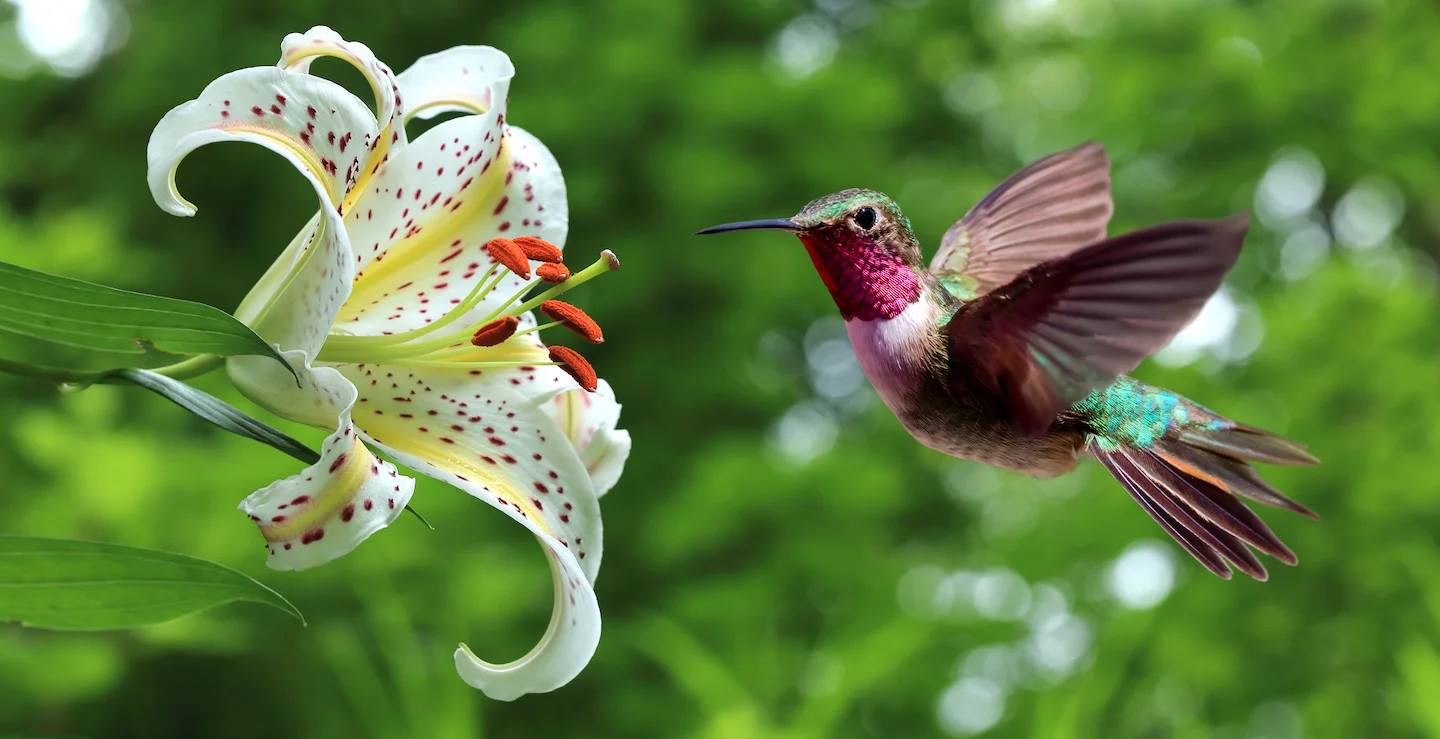I’m a flash person. The first piece of kit in the bag after the camera and first lens is always a flash. Followed by a wireless controller to get the flash off the camera. Photography is all about managing light, and a flash is a sun that you control that fits in your pocket.
I’ve seen lots of posts extolling the benefits of “natural” light. This is a stupid statement. All light, regardless of the source is natural, it’s all electromagnetic radiation. Perhaps you say ambient light. That is a different thing and could be perfectly viable, although most of the time I find those who shout loudest about ambient light have never learned how to use flash at all. Hmm criticizing something you know nothing about… never seen that before.
Back in the olden days, flash was allegedly really hard. It actually wasn’t hard at all. Even flashbulbs had a little cheat sheet to tell the user what aperture to use for what distance with which film. The outcome was a huge number of properly exposed flash photos. Of course. today we know that reading is avoided by lots of folks and if they cannot just point and shoot, the model is defective. We call these people lazy asses.
Enter TTL flash. TTL stands for through the lens. For flash aficionados this was a brilliant option to use. I say option, because there are conditions where using a flash in manual mode is very effective, albeit perhaps less often than the pundits might suggest. Just as our in camera light meters work through the lens for ambient light, TTL flash works through the lens for flash exposure. It’s incredibly simple, and works because of the advent of integrated circuits. TTL Flash is a program. Today’s TTL flash is a very flexible and user adjustable program, but still a program.
But, you say, “TTL flash doesn’t work for me, or doesn’t work consistently.” Ok. Sad to say the problem is you.
Why?
Remember our mathematical friend, the Inverse Square Law. Simply it tells us that as the distance between a light source and its subject doubles, the amount of light required for the same exposure quadruples, the square of the distance change. If the distance triples we need nine times as much light. This is basic physics and wish as you might, be thankful it always works this way.
So why, you may ask does my TTL metering for ambient light work really well most of the time except when the scene itself is mostly white or mostly black? We know that the ambient light meter is averaging all the meter sensor inputs to arrive at an exposure that will result in an average brightness of middle grey. We accept that, because it works most of the time and when it doesn’t we can use exposure compensation, or shoot entirely in manual to ensure that we miss shots as we futz about with camera settings. It’s 2020. not 1920. The camera’s calculations and automation are better than you, 100% of the time, when it comes to getting to a neutral exposure. Shoot in manual if it makes you happy, I don’t care. but you aren’t making better images because you do, except in very specific situations.
I digress. TTL ambient metering works so consistently because the distance between the light source and the subject if for all intents identical. Whether you are metering your puppy in front of you, or a distant mountain range, the source of light is 93,000,000 miles away. Elevation or distance between you and the subject are irrelevant in the context of light source to subject distance.
Starting to see the potential issue?
With flash as the dominant source, the distance between the flash and subject could vary, requiring more or less output from the flash depending on flash to subject distance. Note that I say flash to subject distance as in this scenario, camera to subject distance is irrelevant.
Modern cameras have selective metering patterns and sometimes you can even tell the camera to have the meter reading follow the focus point in use. But what if you don’t? What if you use the general purpose meter pattern which measures light from all over the sensor and what if your subject and the background are some distance apart? How does the camera know what your intended subject is? Maybe it’s tied to the AF point, but most often is not. So if I make an image of my friend Gord and he doesn’t fill the frame and the background is an old barn fifty meters behind him, what meter reading is going to be right for flash? The inverse square law tells us that if the flash meters to light the background, Gord is going to be completely blown out, and the barn being so far away may be underexposed. If the flash meters for Gord, the barn is going to be darker. The reason is simple, it’s because the flash to subject distance is not the same.
Now if you follow the precept of my dear friend Mr. Rick Sammon, that “the name of the game is to fill the frame” you are less likely to run into these issues. If you use a smaller metering pattern and link it to the autofocus point, that could help, but since I avoid putting stuff dead centre, my normal mode of focus, lock, recompose, shoot may not be optimal. That’s another Sammonism by the way, “dead center is deadly” aka boring as shit.
At this point you may be saying well numbnuts, you just proved to me that TTL flaah is lousy so I will just shoot on manual. Ok do so, but you are going to be playing with the settings on the flash a lot, or playing with the settings on your wireless system a lot to get an exposure that you like. Consider instead using TTL and if the flash is too bright, use Flash Exposure Compensation to reduce the time that the flash is lit. If the subject is a bit dark because something in the foreground is telling TTL to turn the flash off too early, you could use Flash Exposure Compensation to try to get the flash to stay lit longer, although you’d be better to move to avoid having something glowing like a radioactive pool in the foreground, but hey, it’s your image.
Let me touch briefly on the subject of flash duration. This is something separate and not relevant to your camera’s flash synchronization speed. The sync speed is the shutter speed at which the first shutter curtain has opened fully, and the second shutter curtain has not started to close. This is typically between 1/60th of a second and 1/250th of a second. HighSpeed Sync is an entirely different species for another article, and leaf shutter lenses don’t have curtains so they sync at all shutter speeds. Flash duration is how long the flash is lit. With modern studio flashes, the duration that the flash is lit can be as short as 1/80000th of a second. For most speedlights, the lowest output setting provides a duration of about 1/10000th of a second with a full power duration of about 1/1900th of a second. If this sounds to you that even a full power pop is over long before the shutter closes you would be correct. See! No correlation between sync speed and flash duration at all. TTL works not by telling the flash what “power” to use but by telling the flash when to turn off. This is why the same TTL system will work with flashes of vastly different output capabilities.
Most cameras that support TTL flash have Flash Exposure Compensation capability built in, but entry models often don’t. It’s less of a problem than you think because any decent wireless system will put FEC in the transmitter. Even the very inexpensive and highly recommended Godox XT / XR series of radios do this. No need to spend a fortune on your maker’s own TTL wireless system. TTL is just a command language, it either works or does not work. If your transmitter/receiver system is inconsistent or doesn’t offer flash exposure compensation, spend $120 CAD and get a Godox kit and be done with it. You can spend a lot more, but don’t have to.
Flash Exposure Compensation does for flash what regular exposure compensation does for ambient light. It works, and with even a little diligence you can get to where you need to be in three test shots. Most of the time, it’s right on the first shot.
One of the big differences when using TTL flash is whether you are using the flash as your main source or as a fill source. A flash on camera for fill is not bad at all, because it is being fill, not the dominant source. If flash is the dominant source and fired directly from the hot shoe, it’s an odds on favourite to look like crap. Use your wireless system to get the flash off the camera. Tie it to a tree, put it on a light stand, bounce it off a white ceiling, use a light shaper, whatever it takes to get the light off axis so you get a more pleasing presentation of the light. Fill the frame and TTL is going to get you a great exposure, and if you don’t like it, you can change the flash duration with FEC.
You might be wondering if I ever use manual flash? I do when I am in the studio. In that situation, the light position is pretty much fixed for flash to subject distance. The subject is typically on a mark and not changing flash to subject distance. So I can set the exposure once I have one that I like and forget about it. If my subjects are moving, such as dancers, or gymnasts or skateboarders, I use TTL and have a better ratio of keepers. Not because I am super smart or a really amazing photographer, but because I have invested in myself to learn how to get the most out of TTL Flash. You can too.



























